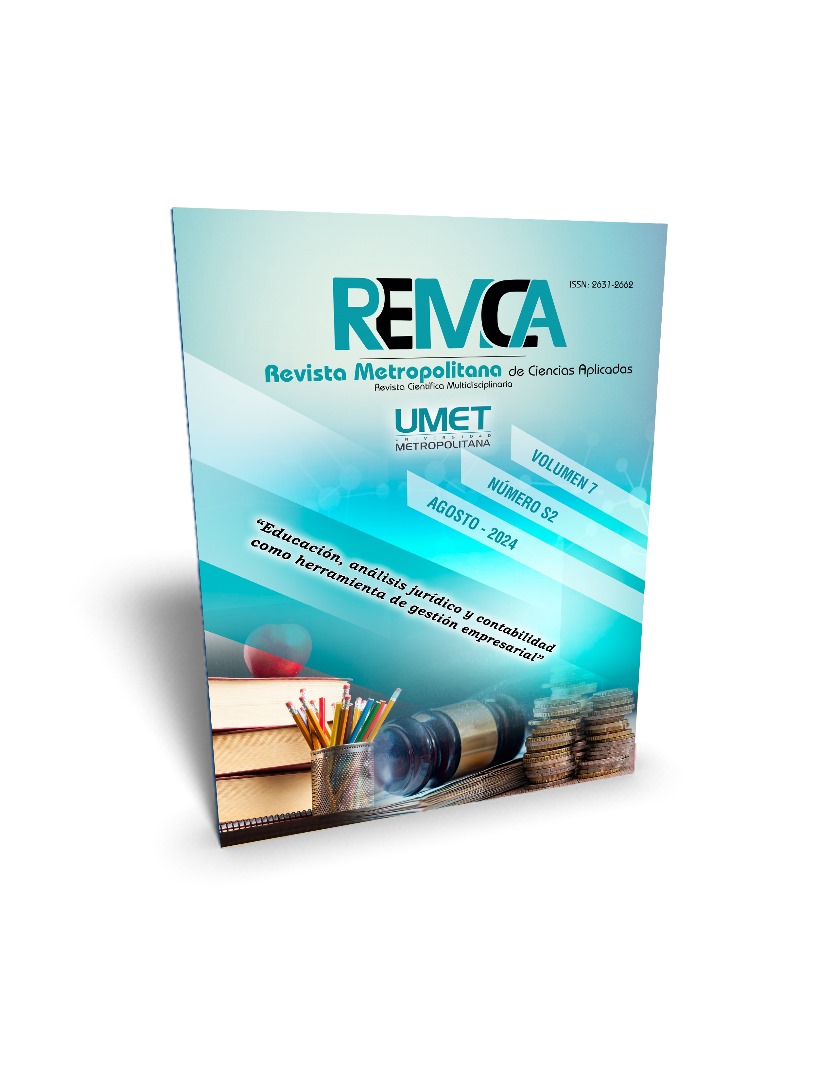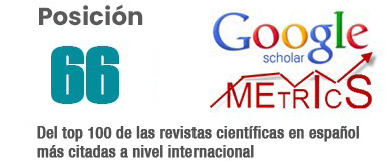Integration of the QFD method and the Kano Model in the design of social housing
DOI:
https://doi.org/10.62452/nkr3vz44Keywords:
Social housing, Quality Function Deployment, Kano Model, integration of the QFD methodAbstract
Integrating QFD with the Kano model can provide a valuable approach to identifying and prioritizing customer needs, ensuring that these needs are translated into technical design specifications and that the technical characteristics contribute significantly to meeting customer needs. This article explores what the QFD method is and how it can play a critical role in aligning design features with client expectations, ensuring that projects are not only technically feasible, but also desirable and satisfactory to end users. It also addresses what the Kano Model is and how it can provide an additional and complementary perspective when identifying, categorizing, and prioritizing customer needs, helping specialists focus on those characteristics that will have the greatest impact on user satisfaction. . Finally, it analyzes how the integration of the QFD method and the Kano Model can contribute to the creation of more functional, comfortable and appropriate homes for low-income communities in Ecuador, offering a proposal on how to integrate both tools in the design of homes. VIS taking into account the Ecuadorian regulations of its design and construction.
Downloads
References
Álvarez, A. (2016). Método para el diseño conceptual mecánico basado en la trazabilidad de los requerimientos funcionales. (Tesis doctoral). Universidad de Granma.
Arroyave, C., Maya, A., & Orozco, C. (2007). Aplicación de la metodología QFD. (Trabajo de grado). Universidad EAFIT.
Bossert, J. L. (1991). Quality Function Deployment, a Practitioner's Approach. Marcel Dekker.
Ecuador. Ministerio de Desarrollo Urbano y Vivienda. (2024). Déficit Habitacional Nacional. https://www.habitatyvivienda.gob.ec/deficit-habitacional-nacional/
Garita Durán, L. E., Anglin Fonseca, R., & Rodríguez Rojas, E. (2023). Evaluación de sistemas constructivos para vivienda de interés social utilizando la matriz QFD. Ingeniería, 33(2), 86-98. https://revistas.ucr.ac.cr/index.php/ingenieria/article/view/54143
Guerrero Alonso, A. (2015). Aplicación del modelo de Kano al análisis de la satisfacción de los estudiantes en los cursos de formación online. (Tesis doctoral). Universidad Politécnica de Valencia.
Kano, N., Seraku, N., Takahashi, F., & Tsuji, S. (1984). Attractive Quality and Must-Be Quality. Journal of the Japanese Society for Quality Control, 41, 39-48. https://www.scirp.org/reference/referencespapers?referenceid=2074675
Organización de las Naciones Unidas. (2024). Vivienda: inviable para la mayoría. https://onuhabitat.org.mx/index.php/vivienda-inviable-para-la-mayoria
Ruiz-Falcó, A. (2009). Despliegue de la Función Calidad (QFD). https://web.cortland.edu/matresearch/qfd.pdf
Shiino, J., & Nishihara, R. (1990). Quality Deployment in the Construction Industry, en Quality, Deployment: Integrating Customer Requirements into Product Design. Productivity Press.
Uselac, S. (1993). The Human Side of Total Quality Team Management, Londonville, OH. Mohican Publishing Company.
Wagner, R., & Serpell, A. (2020). Aplicación del despliegue de la función de calidad para la determinación del diseño de viviendas. Revista Ingeniería De Construcción, (16), 8–14. https://revistaingenieriaconstruccion.uc.cl/index.php/ric/article/view/17923
Zultner, R., & Mazur, G. H. (2006). The Kano model: recent developments. Transactionsfrom The Eighteenth Symposium on Quality Function Deployment. https://static1.squarespace.com/static/5eb315d2b0e6914ba0419e47/t/5eb9fbb35f22c75dffa5eba5/1589246899262/kano-model_recent_developments_2006.pdf
Downloads
Published
Issue
Section
License
Copyright (c) 2024 Graciela Abad-Peña, Jesús Rafael Hechavarría-Hernández, Gabriela Samantha Soto-Vera, María Verónica Rivadeneira Rodríguez (Autor/a)

This work is licensed under a Creative Commons Attribution-NonCommercial-ShareAlike 4.0 International License.
Authors who publish in Revista Metropolitana de Ciencias Aplicadas (REMCA), agree to the following terms:
1. Copyright
Authors retain unrestricted copyright to their work. Authors grant the journal the right of first publication. To this end, they assign the journal non-exclusive exploitation rights (reproduction, distribution, public communication, and transformation). Authors may enter into additional agreements for the non-exclusive distribution of the version of the work published in the journal, provided that acknowledgment of its initial publication in this journal is given.
© The authors.
2. License
The articles are published in the journal under the Creative Commons Attribution-NonCommercial-ShareAlike 4.0 International License (CC BY-NC-SA 4.0). The terms can be found at: https://creativecommons.org/licenses/by-nc-sa/4.0/deed.en
This license allows:
- Sharing: Copying and redistributing the material in any medium or format.
- Adapting: Remixing, transforming, and building upon the material.
Under the following terms:
- Attribution: You must give appropriate credit, provide a link to the license, and indicate if any changes were made. You may do this in any reasonable manner, but not in any way that suggests the licensor endorses or sponsors your use.
- NonCommercial: You may not use the material for commercial purposes.
- ShareAlike: If you remix, transform, or build upon the material, you must distribute your creation under the same license as the original work.
There are no additional restrictions. You may not apply legal terms or technological measures that legally restrict others from doing anything the license permits.




